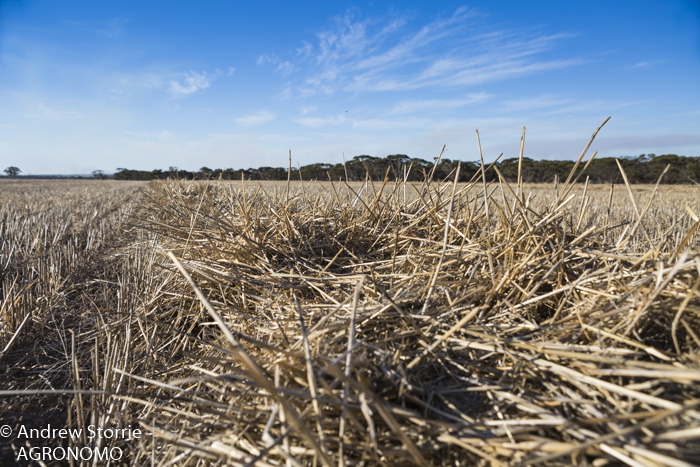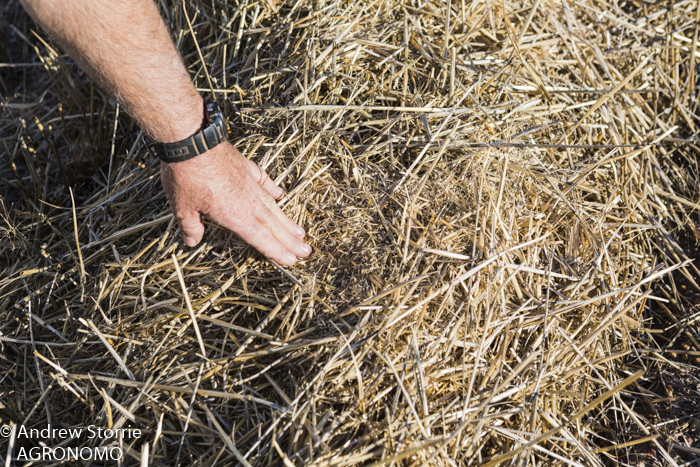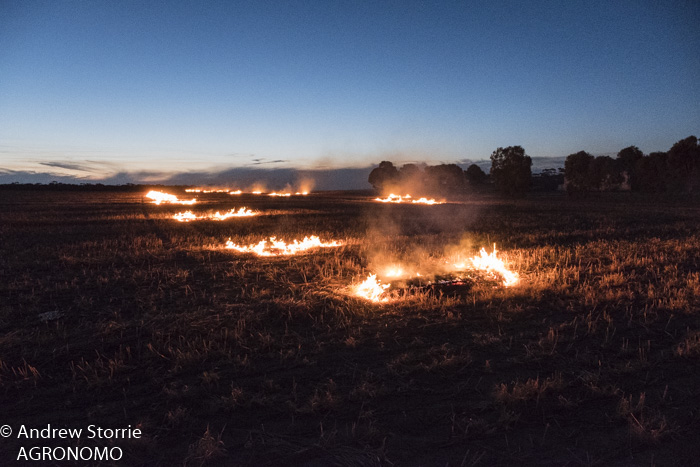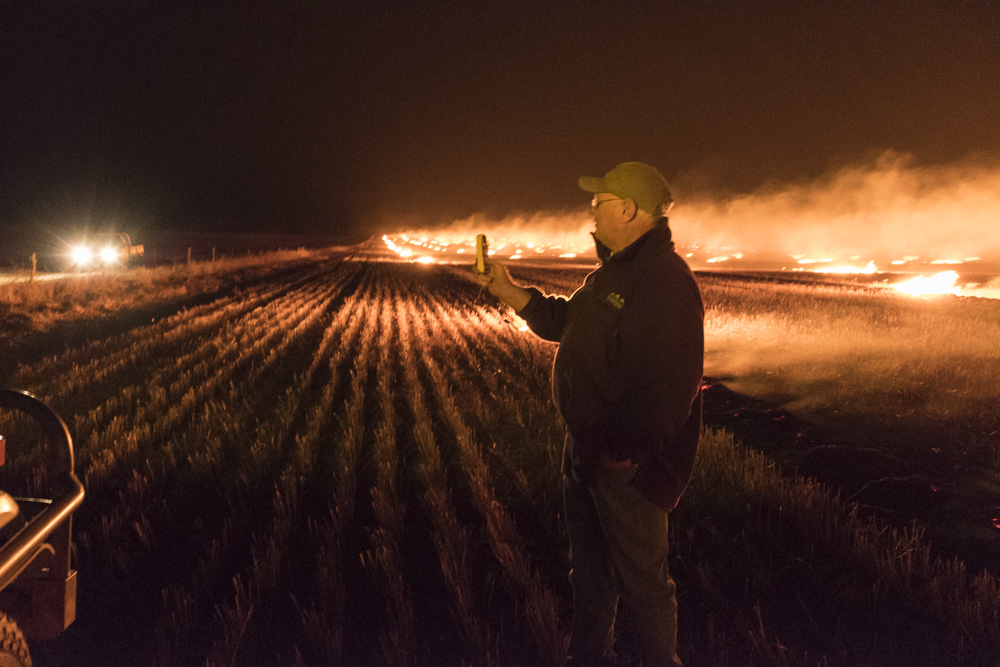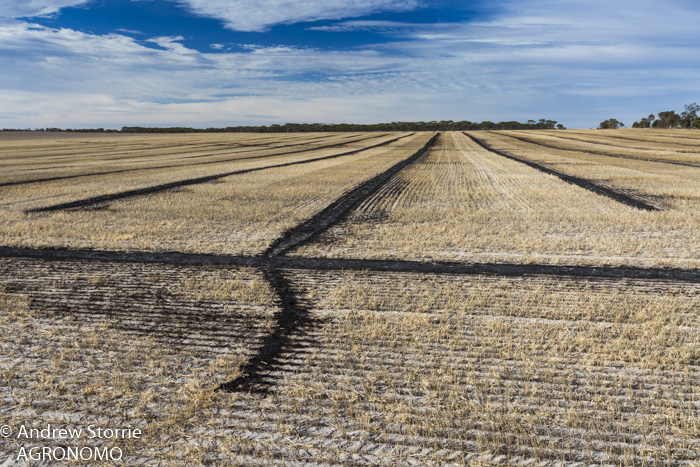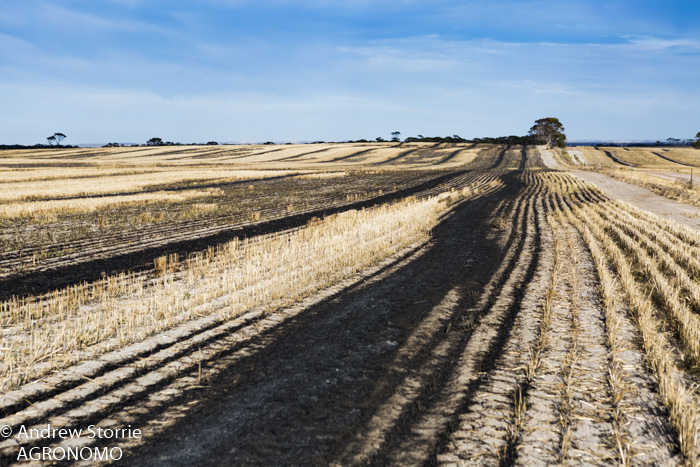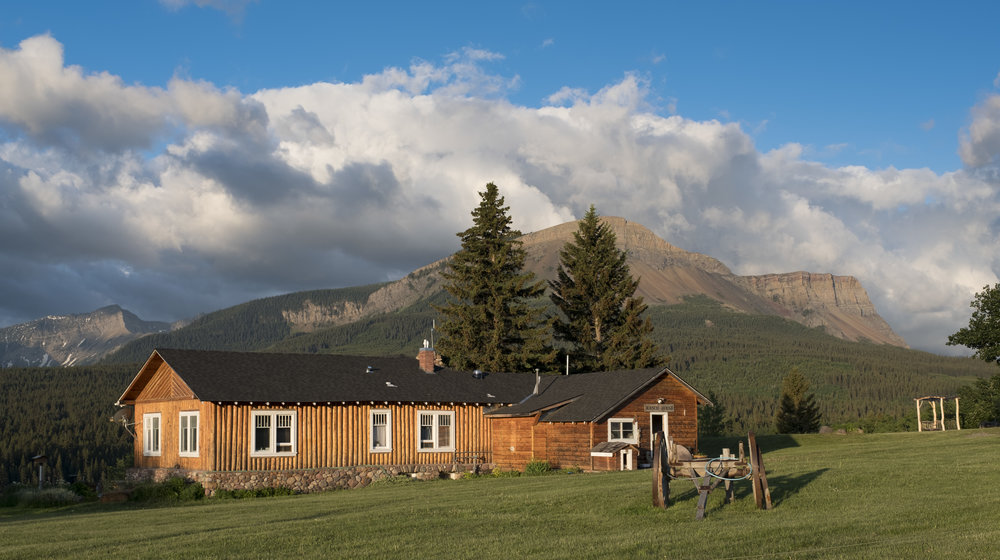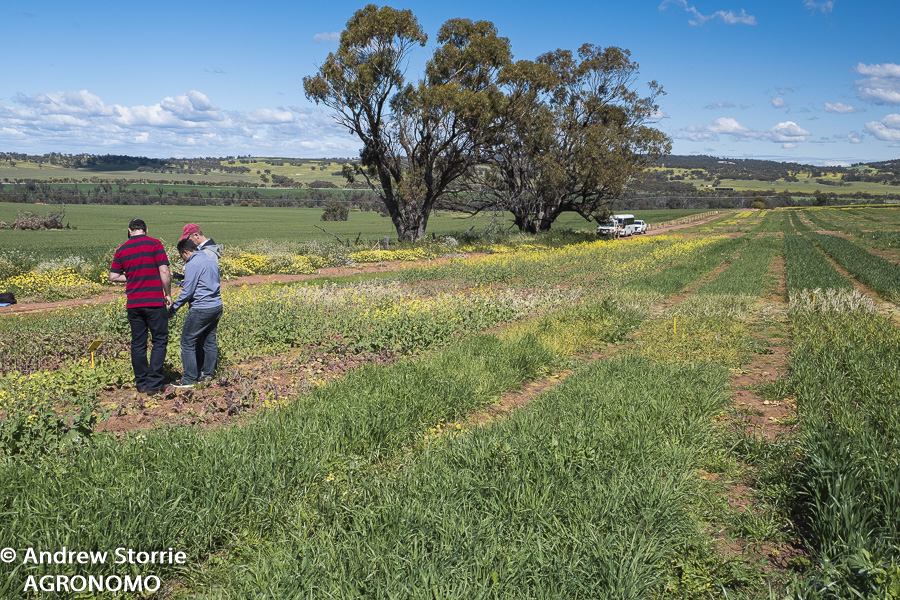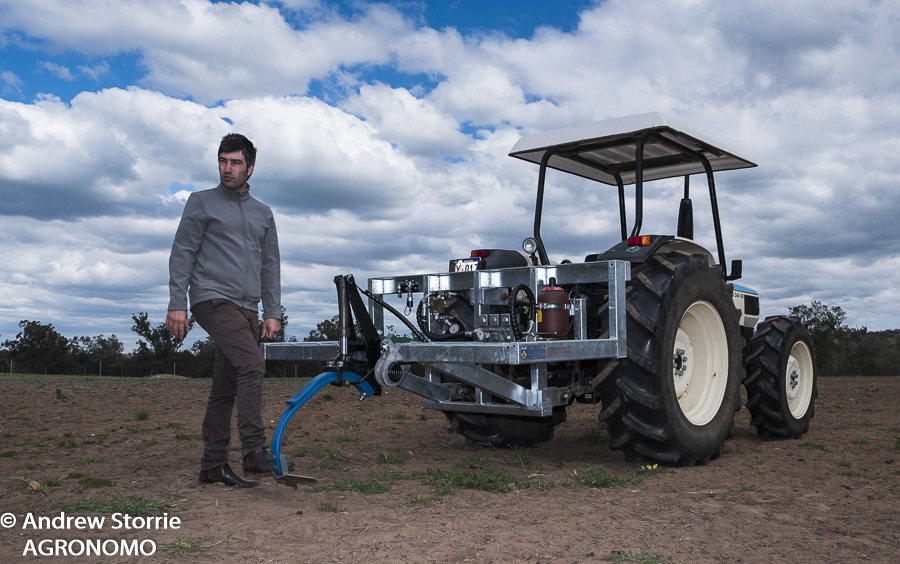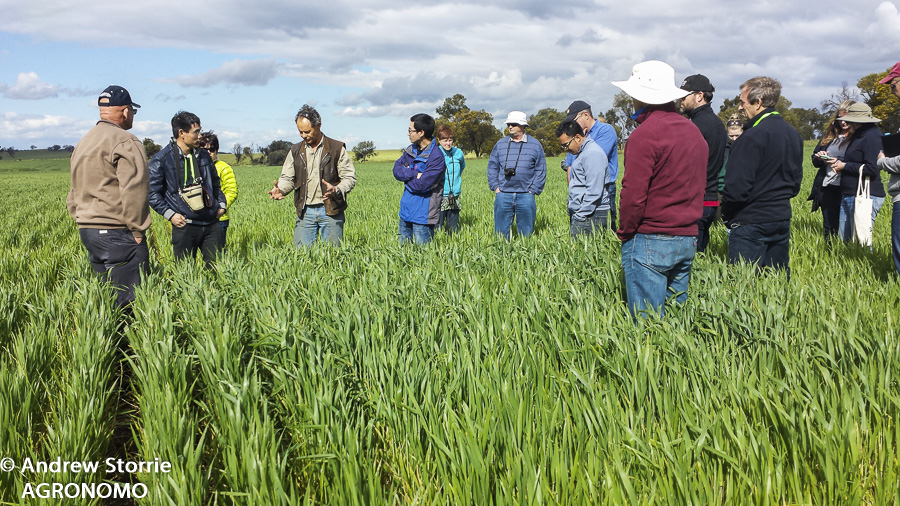Winter grass (Poa annua) is challenging the herbicide resistance crown held by annual ryegrass, with glyphosate-resistant populations being confirmed in Victoria.
Winter grass (Poa annua) - a prolific seeder
Testing has confirmed at least 20 populations of winter grass exhibiting resistance to simazine (group C), propyzamide (group D), group B and group Z herbicides. Another population is resistant to the five herbicide modes of action B, C, D, M and Z.
Winter grass has previously been considered an insignificant weed however the current levels and extent of resistance are surprising. All the resistant populations have developed on golf courses.
A nice, smooth bentgrass golf green
This shows any weed can become a huge problem with changes to management or environment and grain growers should remember that present day problem weeds fleabane and sowthistle were not on the radar 20 years ago.
Winter grass from USA golf courses and sports turf has become resistant to groups B, C, D and M herbicides, while in Britain there is at least one population resistant to paraquat (L) from a vineyard.
Golf green infested with winter grass. Image: Jyri Kaapro, Bayer CropScience
Winter grass is a genetically diverse winter annual species that also has perennial populations. A native of Europe, it has now spread around the world, predominantly in temperate countries, but is also found infesting the sub Antarctic Islands of Macquarie and Heard.
It is predominantly a primary colonising weed of disturbed areas and is highly adaptable to heavy grazing and close mowing.
Many golf courses have now lost most of their post-emergent herbicides for controlling winter grass and now rely on pre-emergent herbicides.
Resistance is causing some turf managers to consider using winter grass as a turf species creating a Jekyll and Hyde relationship with the managers of golf courses. While some managers try to control winter grass, others have decided they will live with it and make the most of its useful characteristics. A number of golf courses in Australia and New Zealand have replaced Bent grass greens with winter grass.
In the United States, several universities have golf green winter grass breeding programs for trying to select more perennial lines that have reasonable seed production.
Golf greens are intensively managed and this places enormous selection pressure on the plant species present. Winter grass can set seed under intense mowing regimes and the intensive use of a range of herbicide modes of action has led to this selection of resistant populations.
While more perennial lines tend to develop in cooler climates, there are populations in Adelaide that are becoming perennial and heat-tolerant. A problem with more perennial lines is they produce fewer seeds than annual lines.
For more information on winter grass
https://bie.ala.org.au/species/http://id.biodiversity.org.au/node/apni/2901115
Keep up-to-date with Group M, L and I resistance www.glyphosateresistance.org.au






